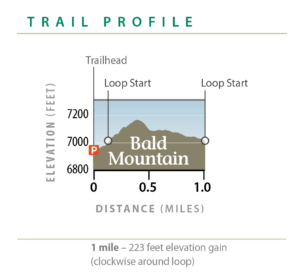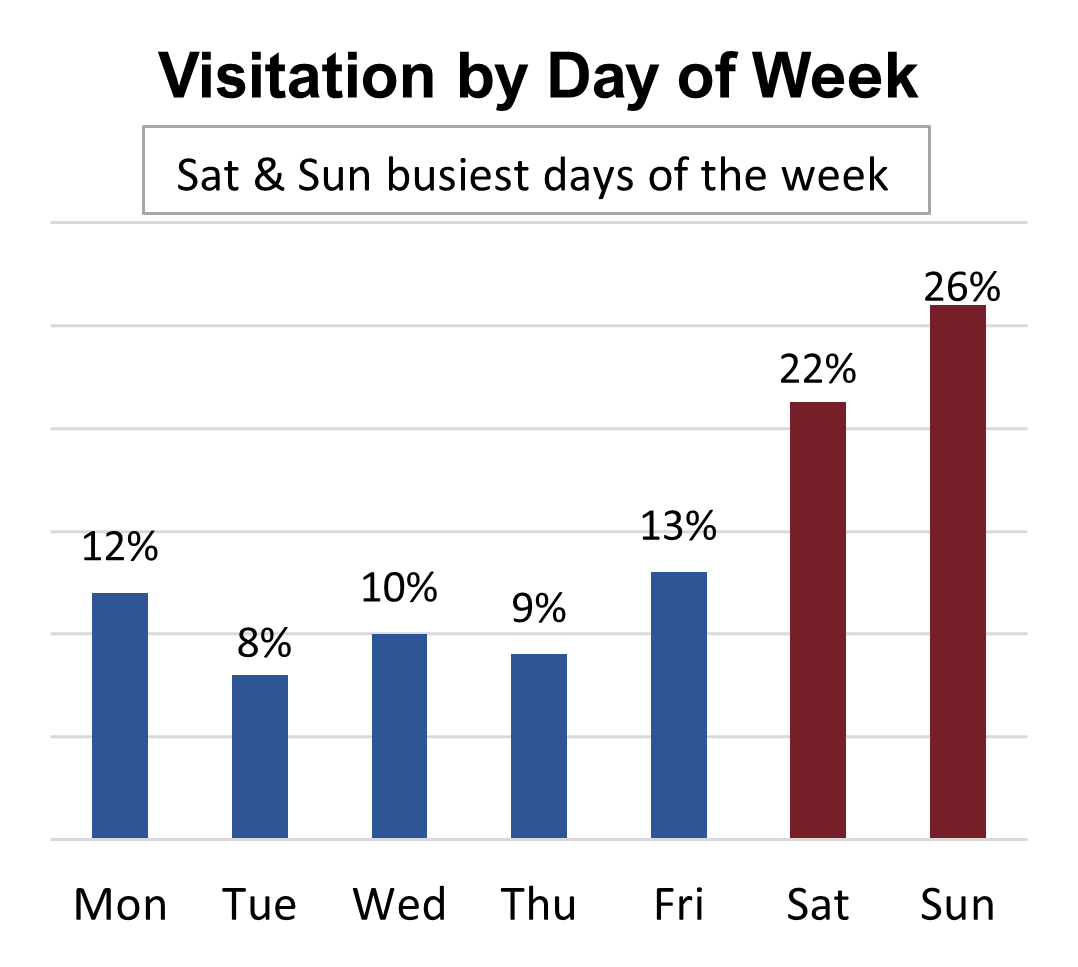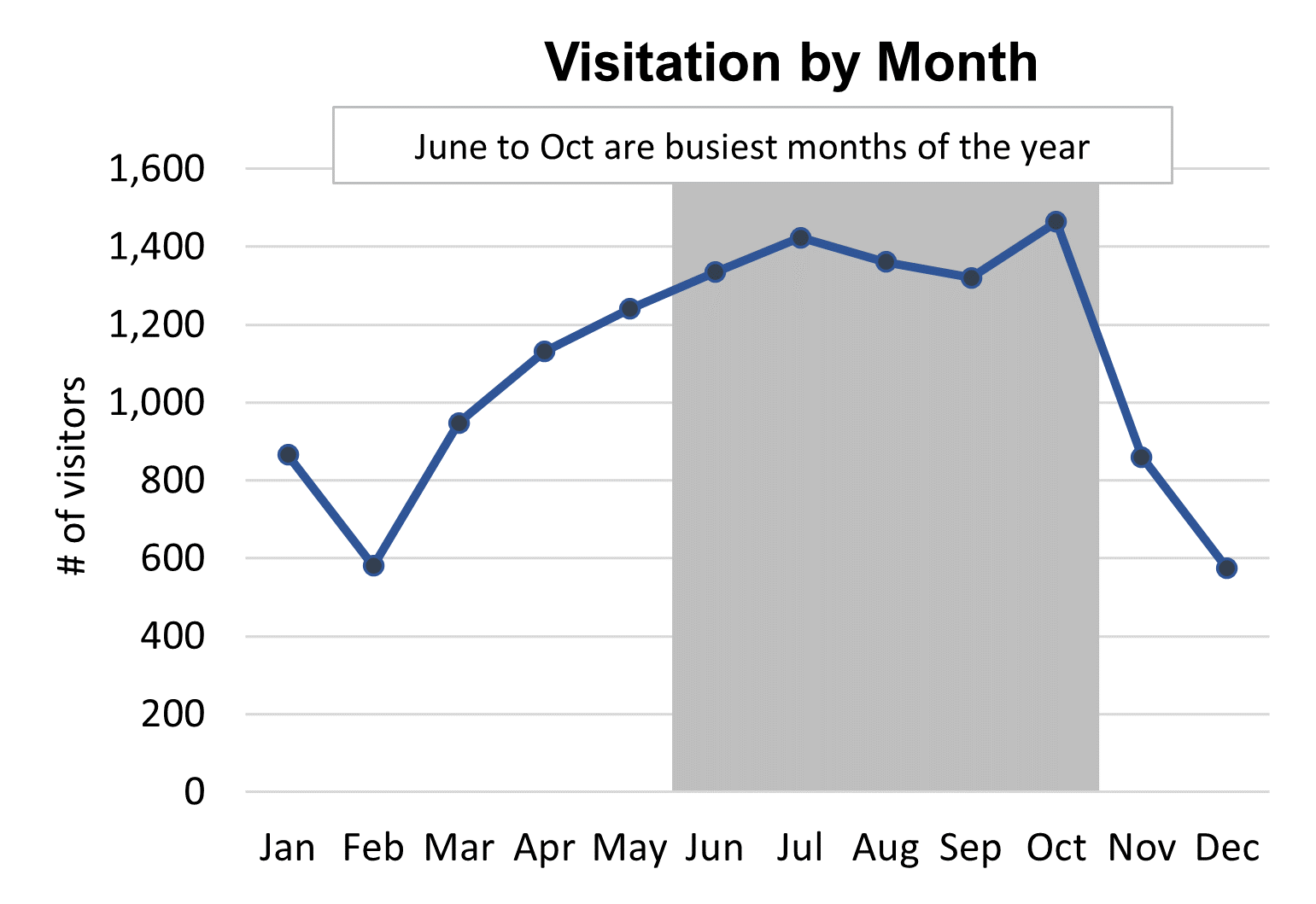A short, scenic hike to the top of Bald Mountain rewards you with a spectacular panorama of the Great Plains and Continental Divide. The perfect place for an afternoon picnic, Bald Mountain is ideal for both family time and contemplative solitude.
Bald Mountain Scenic Area
Rules & Regulations

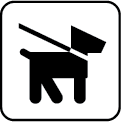




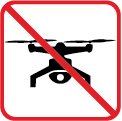
Trailhead Amenities
Along Colorado’s Front Range the sweeping grasslands of the Great Plains rise to meet the rugged peaks of the Southern Rocky Mountains. Where they meet we find the foothills – a zone of geological and biological transition. Foothills ecosystems are made up of myriad landforms such as cliffs, canyons, hills, and plateaus. Plant communities range from grasslands to shrublands to forests which provide a variety of habitats for a rich diversity of animals.
Due to the park’s relatively small size and scarcity of water, animal diversity is low here.
Mammals
- Abert’s Squirrel
- Least Chipmunk
- Mountain Lion
- Mule Deer
- Pine Squirrel
Birds
- Broad-tailed hummingbird
- Clark’s nutcracker
- Cooper’s hawk
- Dark-eyed junco
- Hairy woodpecker
- Mountain bluebird
- Mountain chickadee
- Pine siskin
- Pygmy nuthatch
- Ruby-crowned kinglet
- Steller’s jay
- Western bluebird
- Western tanager
- White-breasted nuthatch
- Wild turkey
Invertebrates
- American dagger
- Anise swallowtail
- Black swallowtail
- Blue fungus beetle
- Convergent lady beetle
- Echo azure
- Hoary comma
- Mourning cloak
- Orange sulphur
- Ornate checkered beetle
- Painted lady
- Silver-spotted skipper
- Strawberry crown moth
- Western conifer seed bug
- Western pine elfin
- Western poplar sphinx
- Western tent caterpillar
- Western yellowjacket
- Whip cicadas
- Wrinkled grasshopper
Trees
- Ponderosa Pine (Pinus ponderosa)
- Rocky mountain juniper (Juniperus scopulorum)
Grasses, Sedges & Cattails
- Dense spikemoss (Selaginella densa)
- Fringed sagebrush (Artemisia frigida)
- Green comet milkweed (Asclepias viridiflora)
- Little bluestem (Schizachyrium scoparium)
- Prairie junegrass (Koeleria macrantha)
- Silver wormwood (Artemisia ludoviciana)
- Southwestern dwarf-mistletoe (Arceuthobium vaginatum)
- Western ragweed (Ambrosia psilostachya)
Pink Wildflowers
- Nodding onion (Allium cernuum)
- Pinewoods geranium (Geranium caespitosum)
- Sidebells penstemon (Penstemon secundiflorus)
- Simpson’s hedgehog cactus (Pediocactus simpsonii)
- Western springbeauty (Claytonia rosea)
Purple & Blue Wildflowers
- Common harebell (Campanula rotundifolia)
- Dotted gayfeather (Liatris punctata)
- Nuttall’s larkspur (Delphinium nuttallianum)
White Wildflowers
- Common starlily (Leucocrinum montanum)
- Cut-leaf Fleabane (Erigeron compositus)
- Fendler’s Pennycress (Noccaea fendleri)
- Field Chickweed (Cerastium arvense)
- Flowery phlox (Phlox multiflora)
- Great Plains yucca (Yucca glauca)
- Gunnison’s Mariposa Lily (Calochortus gunnisonii)
- Hooker’s Townsend-Daisy (Townsendia hookeri)
- Oriental Desert-Parsley (Lomatium orientale)
- Prairie pasqueflower (Pulsatilla nuttalliana)
- Rocky mountain raspberry (Rubus deliciosus)
- Textile onion (Allium textile)
- Thistle Poppy (Argemone polyanthemos)
Yellow Wildflowers
- Alpine golden buckwheat (Eriogonum flavum)
- Curlycup gumweed (Grindelia squarrosa)
- Great blanketflower (Gaillardia aristata)
- Hairy false goldenaster (Heterotheca villosa)
- Lanceleaf stonecrop (Sedum lanceolatum)
- Manyflowered gromwell (Lithospermum multiflorum)
- Mountain bladderpod (Physaria montana)
- Nuttall’s Violet (Viola nuttallii)
- Plains pricklypear (Opuntia macrorhiza)
- Sulfur buckwheat (Eriogonum umbellatum)
- Tall western groundsel (Senecio integerrimus)
Homesteading, Mining, and Ranching
Pioneers grazed livestock, mined and logged here. Cattle grazing occurred on the open space meadows as early as 1886. An old livestock loading corral and chute still stand near the entrance and were once a part of the Jones’ homestead across the road.
Boulder County’s First Open Space Property
In 1973 Boulder County Parks and Open Space leased the area from the Colorado State Board of Land Commissioners. The lease is still active today.








